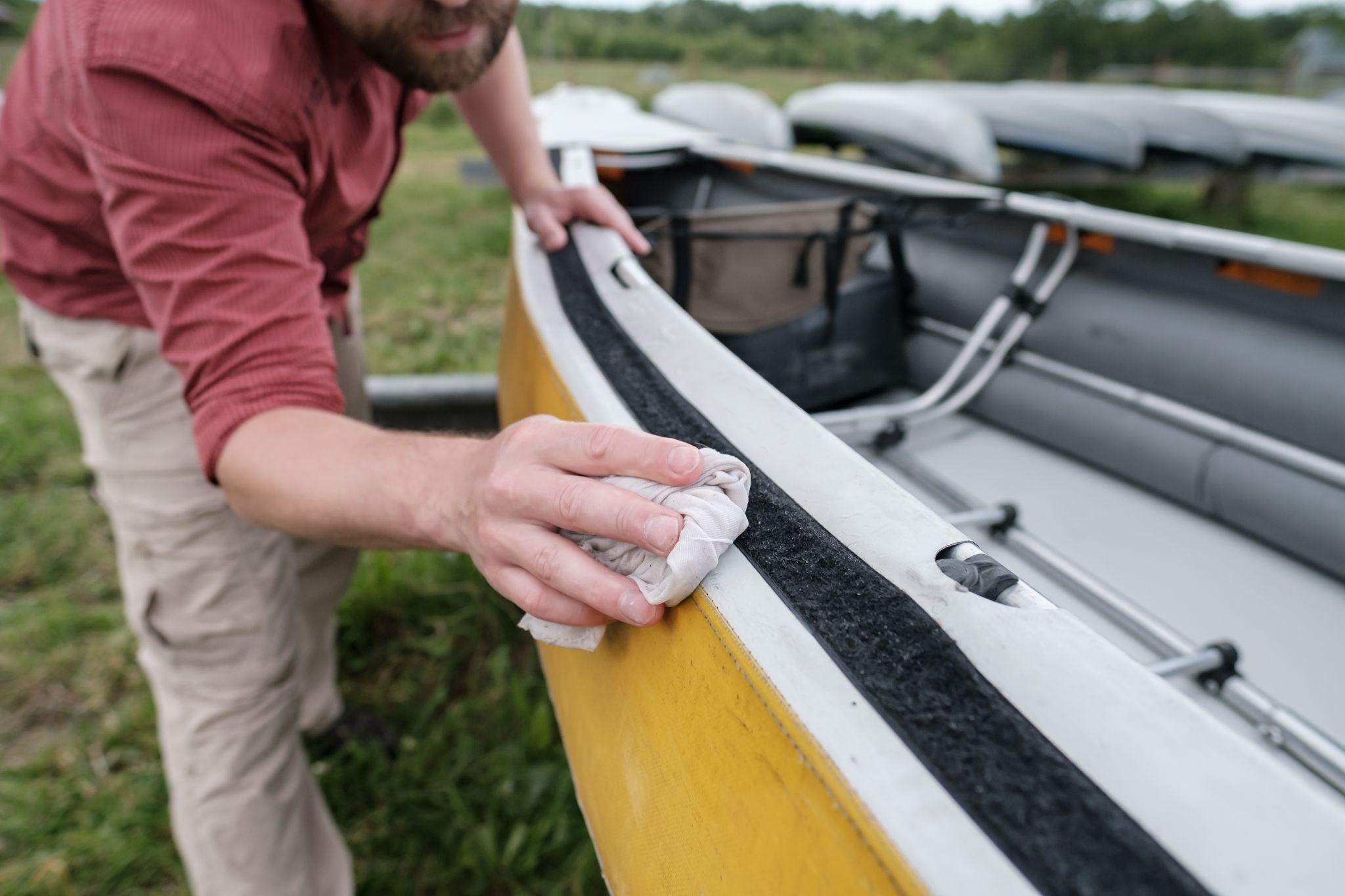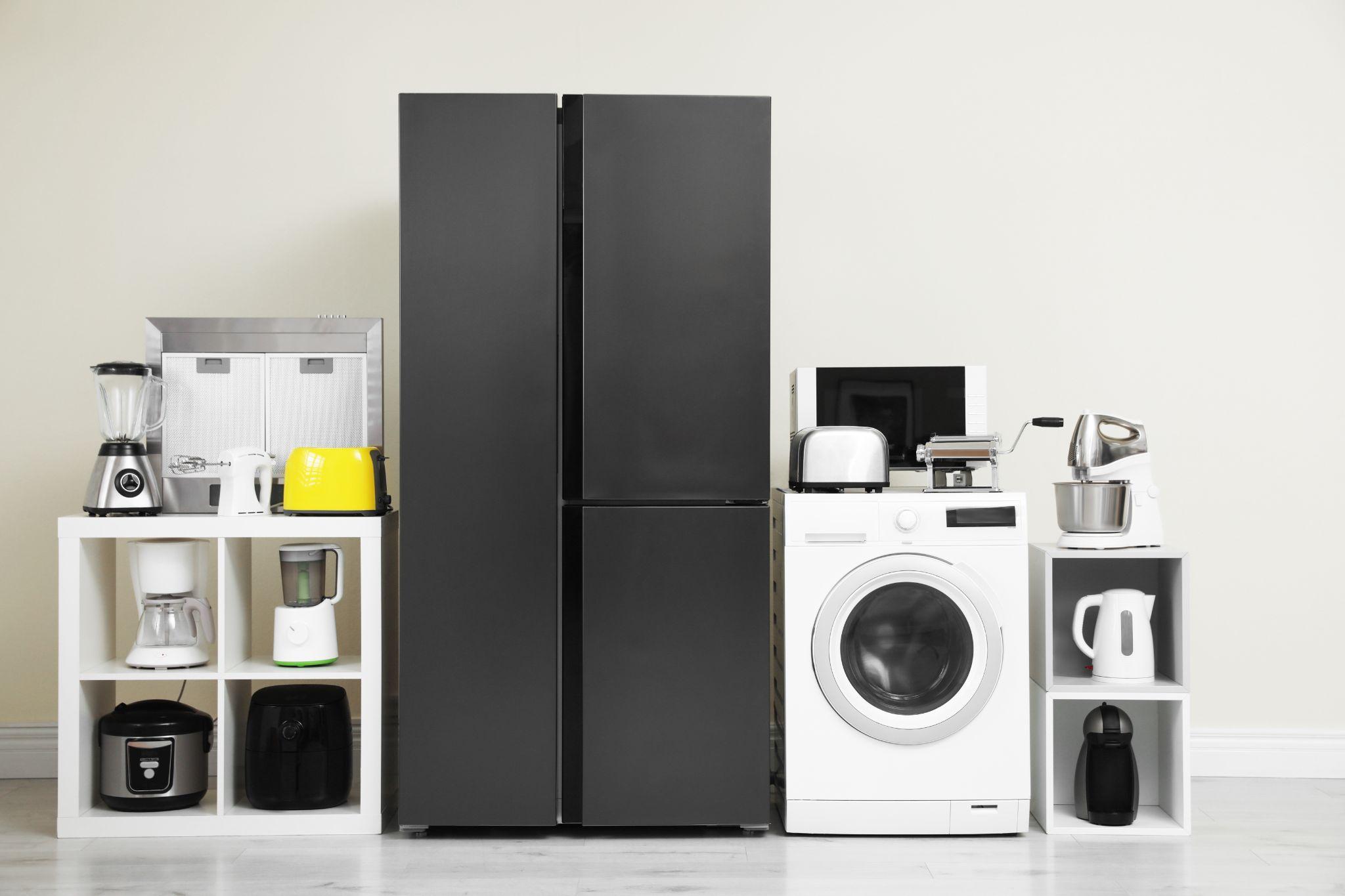Boat Storage Ideas & Tips

Nothing beats that first moment when you fire up the engine after months in storage and everything purrs perfectly, ready for another season of weekend adventures and early morning fishing trips.
But getting there sometimes means outsmarting Australia’s harsh conditions. Salt air that eats chrome, UV that cracks gelcoat, and humidity that turns boat interiors into jungles. Smart boat storage isn’t just about finding space; it’s about keeping your vessel launch-ready while protecting the investment that gets you out on the water.
Key Takeaways:
Prep like a pro: Clean thoroughly (especially after saltwater), add fuel stabiliser, and ensure everything’s bone dry. A weekend of preparation beats months of repairs.
Choose your spot wisely: Indoor storage offers ultimate protection, while quality covered areas work well with proper ventilation. Consider access needs and security.
Lock it down properly: Quality trailer locks, remove valuables, and choose storage with real security. Simple precautions stop most opportunistic theft.
Stay on top of maintenance: Monthly checks catch small problems before they become expensive headaches. Keep that engine happy with occasional starts.
Know when to go professional: Council restrictions, strata rules, or limited home space make purpose-built boat storage a smart investment in convenience and security.
Boat Storage Preparation Checklist
Engine and Fuel System:
Add marine fuel stabiliser (STA-BIL Marine – $15-25 at BCF)
Fill fuel tank to 95% capacity
Run engine for 10-15 minutes to circulate treated fuel
Flush cooling system with fresh water (especially after saltwater use)
Change engine oil and filter
Add marine antifreeze to the cooling system (if storing in frost-prone areas)
Apply fogging oil to cylinders (for extended storage)
Battery and Electrical System:
Disconnect battery terminals
Clean terminals and apply protective spray
Store battery in a cool, dry location or connect battery maintainer
Check voltage monthly (maintain above 12.4V for lead-acid)
Remove valuable electronics and store them separately
Hull and Exterior Protection:
Wash hull thoroughly with marine soap
Remove all salt, algae, and marine growth
Apply quality marine wax or UV protectant
Install UV-resistant boat cover with proper ventilation
Remove all drain plugs to ensure complete water drainage
Clean and lubricate all fittings and hardware
Interior and Storage Areas:
Remove all food, drinks, and perishables
Clean all surfaces with mould-prevention solution
Install moisture absorbers in the cabin and storage areas
Slightly open hatches for airflow (secure against rain)
Remove cushions and store in a dry location
Apply fabric protection spray to the remaining upholstery
Trailer and External Equipment:
Check trailer tire pressure and condition
Lubricate trailer bearings and winch
Install tongue lock and wheel locks
Remove or secure all loose equipment
Check and replace trailer lights if needed
Getting Your Boat Storage-Ready
Thorough preparation determines whether your boat starts effortlessly after storage or requires extensive troubleshooting and repairs. Australia’s harsh climate conditions make proper preparation essential rather than optional
The Essential Clean and Protect Routine
Salt is the Enemy: After any saltwater use, flush everything thoroughly. Salt crystals keep working long after the water dries, eating away at metal fittings and leaving white residue that’s tough to remove later.
Hull Protection: A thorough wash followed by quality marine wax creates a protective barrier against UV and environmental damage. Think of wax as sunscreen for your boat and is essential in our harsh Australian sun.
Engine and Fuel Prep: Add marine fuel stabiliser before filling the tank to 95% capacity. This prevents fuel going stale and gumming up carburettors or injectors. Run the engine for 10-15 minutes to circulate treated fuel throughout the system.
Battery Care: Disconnect the battery and either store it somewhere cool and dry or connect a smart charger if you have power available. Clean terminals and apply protective spray – our salty air accelerates corrosion faster than you’d expect.
If you’re preparing to store your boat as part of a move to a new location, our moving house checklist includes helpful tips to make moving easy.
Choosing Storage That Works for You
Your storage choice depends on budget, access needs, and protection requirements. Here’s what Australian boat owners find works best in different situations:
Australian Boat Storage Cost Comparison
| Storage Type | Cost Range | Pros | Cons | Best For |
|---|---|---|---|---|
| Hardstand Storage | $30-60/metre/month | Accessible for maintenance, Cost-effective, Easy launching | Weather exposure, Regular maintenance needed | Budget-conscious owners, Regular users |
| Indoor Marina Storage | $80-150/metre/month | Complete weather protection, High security, Professional environment | Expensive, Limited availability | Premium boats, Long-term storage |
| Self-Storage Facilities | $200-600/month (by unit size) | Flexible access, Good security, No lock-in contracts | Size limitations, Height restrictions | Mid-range boats, Seasonal storage |
| Home Storage | Council fees + insurance | Convenient access, No monthly costs | Council restrictions, Security concerns, Space limitations | Small boats only, Compliant properties |
Indoor Marina Storage – Ultimate Protection
Complete weather protection and climate control make indoor storage ideal for expensive boats, classics, or extended storage periods. While it costs more, the protection often pays for itself through reduced maintenance and preserved resale value.
Hardstand and Covered Outdoor Storage – Smart Middle Ground
Quality covered storage protects against weather while staying more budget-friendly. Look for facilities with proper drainage, good airflow, and secure access. This works well for most fibreglass boats with appropriate covers.
Professional Self-Storage – Growing Popular Choice
Modern facilities designed for recreational vehicles offer wide driveways, high clearances, and flexible terms. Many boat owners find this the sweet spot between protection, convenience, and cost.
Our facilities offer several key benefits for boat owners: no lock-in contracts provide seasonal flexibility, various unit sizes accommodate different boat types, and wide driveways make trailer maneuvering simple. With 24/7 access, you can check on your boat or prepare it for launching at your convenience. Ready to give your boat the secure, convenient home it deserves? Visit us at Roomia to see our options.
Home Storage
Home storage offers the ultimate convenience with immediate access to your boat whenever inspiration strikes, plus no ongoing monthly fees once you’ve set up the space properly. However, this option comes with significant limitations that make it suitable only for smaller boats and specific property situations.
Council regulations often restrict boat storage on residential properties, requiring screening from street view or prohibiting it entirely in some areas. Security becomes your responsibility, with boats parked in driveways or backyards vulnerable to theft and vandalism.
Managing Moisture and Preventing Mould
Moisture is your boat’s biggest enemy during storage. Australian coastal conditions can turn a dry boat into a mould farm surprisingly quickly.
Simple Moisture Solutions
Where You Have Power: Electric dehumidifiers sized to your boat’s space provide excellent control. Most recreational boats need around 20-30 litres per day capacity for effective moisture management.
Dehumidifier Selection Guide by Boat Size
| Boat Length | Storage Type | Recommended Capacity | Type of Dehumidifier | Price Range |
|---|---|---|---|---|
| Under 5m | Indoor/Covered | 10-20L/day | Eva-Dry E-333, DampRid | $50-150 |
| 5-7m | Indoor/Covered | 20-30L/day | Delonghi DDS25, Ionmax ION632 | $200-400 |
| 7-10m | Indoor/Covered | 30-50L/day | Mitsubishi MJ-E16VX | $400-600 |
| Over 10m | Indoor/Covered | 50L+/day | Multiple units or commercial grade | $600+ |
| Any size | Open storage | Renewable absorbers | DampRid, Eva-Dry renewable | $20-80 |
Universal Solutions: Moisture absorber crystals and silica gel work anywhere without power. Place them strategically in the cabin, engine bay, and storage compartments. Replace regularly – Australia’s humidity can saturate them faster than manufacturers suggest.
Ventilation Matters: Some airflow prevents stagnant conditions that breed problems. Marine vents or slightly opened hatches (where rain-secure) keep air moving and moisture from building up.
What Maintenance Should You Do During Storage Seasons?
Regular Inspection Schedule:
Inspect your boat every 4-6 weeks during storage. Check for rodent intrusion, moisture accumulation, and any damage. The Australian Maritime Safety Authority (AMSA) provides detailed guidance on planned maintenance that can be adapted for your routine checks. Run the engine briefly every 6-8 weeks if possible as this circulates fluids and prevents seals from drying out.
Battery and Electrical Maintenance:
Check battery voltage monthly using a multimeter. Maintain charge levels above 12.4 volts for lead-acid batteries, or follow manufacturer specifications for lithium marine batteries. Clean terminals regularly as Australia’s salty air accelerates corrosion.
Solar battery maintainers work excellently in our sunny climate. A 5-10-watt solar panel can maintain battery charge indefinitely when the boat’s not in use.
How Can You Ensure Your Boat’s Security During Storage?
Boat theft, unfortunately, occurs across Australia, making security a primary concern when choosing storage options. A multi-layered approach provides the best protection for your investment.
Basic Protection Steps
Quality trailer and cabin locks deter opportunistic theft. Remove valuable electronics, fishing gear, and anything easily resold. A few simple precautions eliminate most theft risks.
Professional Storage Security
Purpose-built storage facilities provide security that’s hard to match at home: proper surveillance, controlled access, good lighting, and often on-site management. These features protect your investment while providing convenient access for maintenance.
Insurance Benefits
Many marine insurers offer discounts for boats stored in approved professional facilities. The enhanced security often qualifies for better rates, offsetting some storage costs.
Boat Security Checklist
Physical Security Measures:
Install quality marine locks on all cabin access points
Fit trailer tongue lock to prevent easy theft
Use wheel locks on trailer wheels
Install GPS tracking device ($200-500)
Remove all valuable electronics and equipment
Secure or remove fishing gear and safety equipment
Install motion-activated alarms
Engrave registration numbers on major components
Storage Facility Security:
Verify 24/7 surveillance camera coverage
Confirm electronic access control systems
Check for on-site management presence
Assess perimeter fencing and lighting
Review facility’s security track record
Confirm insurance coverage recognition
Insurance and Documentation:
Verify marine insurance covers storage situations
Check facility insurance requirements
Document boat condition with photos
Keep copies of all serial numbers
Update insurance with storage location details
Frequently Asked Questions About Boat Storage in Australia
What size storage unit do I need for my boat?
Measure your boat and trailer length including any tongue extension, then add a metre for easy access. Generally, boats up to 5 metres need 6×3 metre units, while 6-7 metre boats require 8×3 metre units.
Can I access my boat regularly during storage?
Quality facilities like Roomia offer 24/7 access, allowing routine maintenance and trip preparation. Look for wide driveways and easy trailer access to make visits convenient.
Do I need climate-controlled storage in Australia?
Climate control benefits boats with expensive electronics or in very humid areas. Coastal and tropical regions particularly benefit from humidity control, while temperate areas may only need it for premium boats.
How often should I check on my stored boat?
Monthly inspections work well for most situations. Check more frequently during extreme weather or in the first few months to ensure your storage setup is working properly.
What security features should I look for?
Essential features include 24/7 surveillance, electronic access control, secure perimeter fencing, and good lighting. On-site management and individual unit alarms provide additional security.
Your Boat Deserves Better Than Crossed Fingers
Smart boat storage combines proper preparation, the right storage environment, and regular maintenance. Whether you choose DIY home storage or professional facilities, the principles remain the same: keep it clean, dry, secure, and check it regularly.
Professional storage facilities offer advantages that are hard to replicate at home: consistent security, proper drainage, wide access, and no neighbourhood restrictions. For many boat owners, the convenience and peace of mind justify the monthly cost.
Ready to give your boat the secure, accessible storage it deserves? Our Australian facilities are specifically designed for boat owners who want the best protection and convenience. Find your nearest Roomia location and discover why boat owners across Australia choose us for their storage needs.


